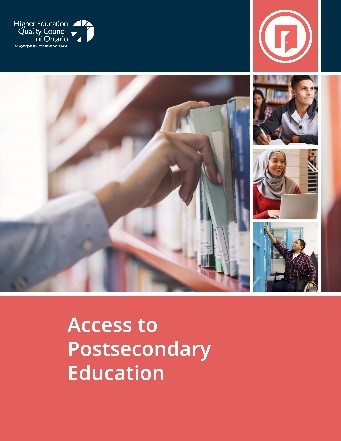How can we improve access for students that are underrepresented?
About 70% of Ontarians between the ages of 25 and 34 have attained a postsecondary credential, a rate that’s among the highest of the major industrialized countries. But certain groups of students continue to struggle to access postsecondary education and to reap the economic benefits that come with it. Students from low-income families, Indigenous students, students with disabilities and students whose parents did not attend postsecondary are underrepresented in colleges and universities.
HEQCO continues to work to identify and develop effective policies that make postsecondary pathways attainable for everyone; not just admission, but successful completion as well.
Key findings from HEQCO research on access to postsecondary education:
- Students from low-income households, Indigenous students, those with disabilities and first-generation students are less likely than other students to pursue postsecondary studies and attain a credential.
- Continuing to increase the number of available seats in universities and colleges is unlikely by itself to improve postsecondary access for underrepresented students.
- To be most effective, interventions and support programs for underrepresented students should be implemented in the kindergarten to Grade 12 system.
- Making data derived from the Ontario Education Number available to researchers would provide a more comprehensive look at student pathways and inform evidence-based policies to support underrepresented students.


